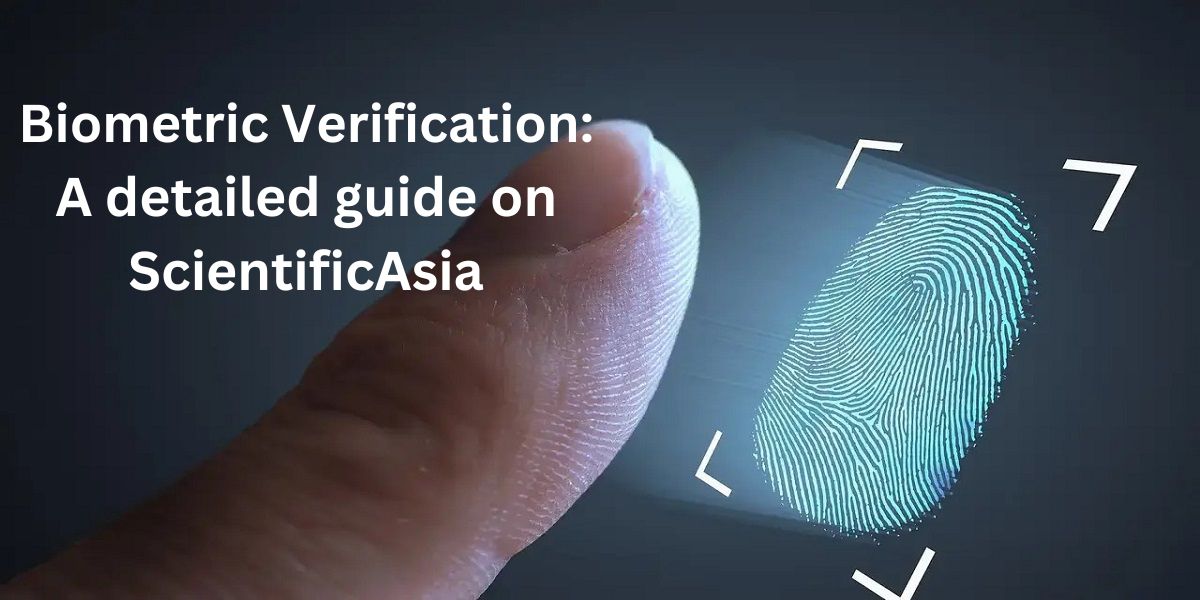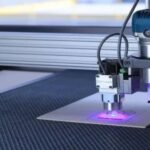Using outdated and traditional security techniques in the post-pandemic era is simply not a practical choice for businesses. So, companies must integrate advanced, reliable, and up-to-date biometric authentication systems to eliminate the danger of fraud and other criminal activities.
This advanced system is becoming popular among businesses in many ways. For instance, 3D facial liveness authentication techniques help identify and check the identities of their customers. With the help of artificial intelligence and ML, companies convert facial characteristics into templates to make high-quality comparisons with facial impressions stored as a backup.
Biometric Verification – An Overview
A biometric authentication solution is a foolproof version of know your customer services that streamlines the procedure of customer onboarding in every industry. There are various types of biometric systems, such as retina or eye scanners, finger and palm printing, and facial recognition. These intelligent solutions are extremely reliable and precise in improving security and ensuring compliance with AML/CFT requirements.
Different Types of Biometric Authentication
Most people are now more aware of these advancements in biometrics than ever before. Some biometric scanning methods are now built into many consumer-based devices, such as computers, consoles, and smartphones.
Let us discuss these biometric systems
Fingerprint Authentication
Fingerprint scanning and verification are probably some of the most commonly used technologies of biometrics in our everyday lives, mostly because of their mass deployment in smartphones and laptops. Screens and touchpads can be turned into fingerprint scanners easily.
Voice Authentication
Several telephone-based services and digital assistants use voice recognition technology in order to verify customers. Voice authentication has significantly grown in use, especially with the rise of artificial intelligence assistants like Amazon’s Alexa, Samsungs’ Bixby, and Apple’s Siri.
Biometric Face Authentication
Facial recognition or 3D face liveness detection technology is also very popular now, especially after its integration into iPhones. Advanced dot projectors are used to make this technique work flawlessly but it can also work on devices with a simple camera. For example, many users now unlock their smartphones or laptops just by pointing their faces toward them.
Advantages of Biometric Face Authentication
- Increase Flexibility
The biometric identity is beneficial for the users as it removes the need to remember their safety codes. It is one of the smart and better approaches that help customers safeguard their sensitive data from external attacks.
- Maintaining Data Security
Utilizing advanced biometric verification systems ensures 100% data security. This solution restricts unauthorized access in order to deter criminals. This allows users to enjoy world-class data security.
- Instant Availability
Business owners can use physical identity validation systems to allow the system access only to authorized entities. Moreover, administrators are able to conveniently limit access to some individuals and authorize several parties by using biometric solutions.
- Enhanced Scalability
The biometric authentication solution is a must and profitable for modern and advanced businesses. Organizations can utilize intelligent and digital products for specific projects or improve security for new projects. This will allow SMEs to use the system for security purposes. therefore, banking and financial service providers who are interested in investing in mobile applications can easily help their customers to develop strong relationships and must integrate biometric verification into their systems.
Where is biometric authentication used?
Biometric authentication is used to identify and monitor people in all kinds of settings, including the following:
- Healthcare providers are finding biometric technology to be a reliable and accurate way to identify patients.
- Financial institutions use biometrics such as voice recognition in order to verify phone callers.
- Law enforcement agencies are using fingerprints, facial recognition, and eye/retina scans to monitor people entering or returning to the justice system.
- Other government bodies are utilizing biometric scanners for passports and voter registrations.
Why Use Biometric Verification?
This verification system is widely used to make online transactions due to its reliability and security. It takes the verification process further as compared to simple usernames and passwords, ensuring that fraudsters don’t exploit customer accounts even if they somehow get access to their login details.
Old and simple verification methods offer subpar security and an increased level of inconvenience. For instance, login credentials are considered poor security because third parties can also obtain passwords, or the customer themselves forget them.
Knowledge-based verification is arguably safer but is also very hard to keep in memory for users or customers. Biometric verification, on the other hand, is different, and much more difficult to be cloned, forget, or steal. They are also very easy to use and eliminate the need to remember anything except backup passwords.
















